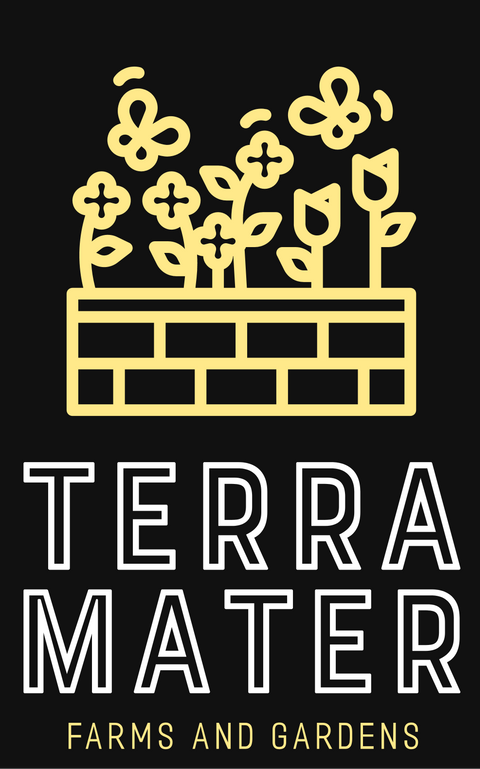Globular Cave Springtails (Arrhopalites caecus) – Blind, soil-dwelling species ideal for humid, low-light bioactive enclosures.
Need a springtail species built for deep, dark places? Arrhopalites caecus is the subterranean specialist your bioactive system didn’t know it was missing.
These tiny, round-bodied springtails are part of the globular springtail family, visually distinct, with a near-spherical shape and slow, deliberate movement. As their name suggests, A. caecus evolved in cave-like environments across Europe and North America, where light is minimal and moisture is constant. Their physiology reflects that adaptation: eyeless, pale-bodied, and highly sensitive to humidity fluctuations. In a controlled vivarium or terrarium setting, they shine as a bioactive cleanup crew in shaded, lower substrate zones where other springtails underperform or disappear entirely.
What makes A. caecus so effective isn’t speed, it’s persistence. They’re incredibly efficient at working the deep layers of soil, leaf litter, and moss where detritus and microbial waste accumulate slowly and steadily over time.
Why Keep Arrhopalites caecus?
-
Excellent detritivores for low-light, high-humidity zones
-
Eyeless and slow-moving, perfect for sensitive, low-disruption setups
-
Work well beneath moss carpets, bark hides, and deep litter layers
-
Complement faster species by maintaining balance in underused substrate zones
-
Ideal for terrarium mold prevention, soil cycling, and root-level humidity regulation
🌑 Perfect for enclosures where light is low and decay happens quietly over time.
How to Introduce Them
Pour or spoon the culture into shaded, consistently moist zones of your enclosure, under bark slabs, into moss cushions, or deep inside leaf litter. Because A. caecus doesn’t roam widely, choose multiple introduction points for best establishment. Once settled, they’ll cluster in areas with the most organic buildup and maintain a steady foraging pattern.
They’re particularly useful under feeding stations, in plant root zones, and around isopod shelters where hidden waste can accumulate.
Feeding & Environmental Needs
This species thrives on soft, decomposing organic matter, mycelium, and biofilm. In well-cycled tanks, they require no extra feeding. To speed up population growth in new enclosures or separate cultures, offer powdered yeast, cooked rice grains, or small traces of leaf mold. They need consistently high humidity (above 85%) and benefit from minimal surface disturbance.
🌿 Avoid fully drying out the substrate, A. caecus is highly humidity-dependent and won’t tolerate arid periods like some other springtails.
What Sets Them Apart
Most springtails dominate the surface, but Arrhopalites caecus occupies a niche few others can: the quiet spaces under the soil line. Unlike Folsomia candida or Entomobrya species, these globular springtails avoid light and high-traffic areas, focusing instead on slow decomposition and microbial regulation near the roots.
They’re especially helpful in enclosures with sensitive plant species, shy invertebrates, or nocturnal animals that require minimal disturbance and tightly regulated humidity.
Best Use Cases
-
Moist, shaded terrariums with thick moss or mulch layers
-
Naturalistic gecko, amphibian, or isopod enclosures with deep substrate
-
Mushroom or fungal-forward setups where decay is concentrated below the surface
-
Springtails for terrariums housing burrowers or soil-sensitive species
-
Long-term substrate health in semi-sealed bioactive containers
🌀 Want a springtail that works where others won't even go? This cave-dweller handles the dirty work in the dark.
🛒 Add Arrhopalites caecus to your system today and reinforce the deepest layers of your bioactive ecosystem. Reliable, discreet, and perfectly tuned for below-the-surface cleanup.


